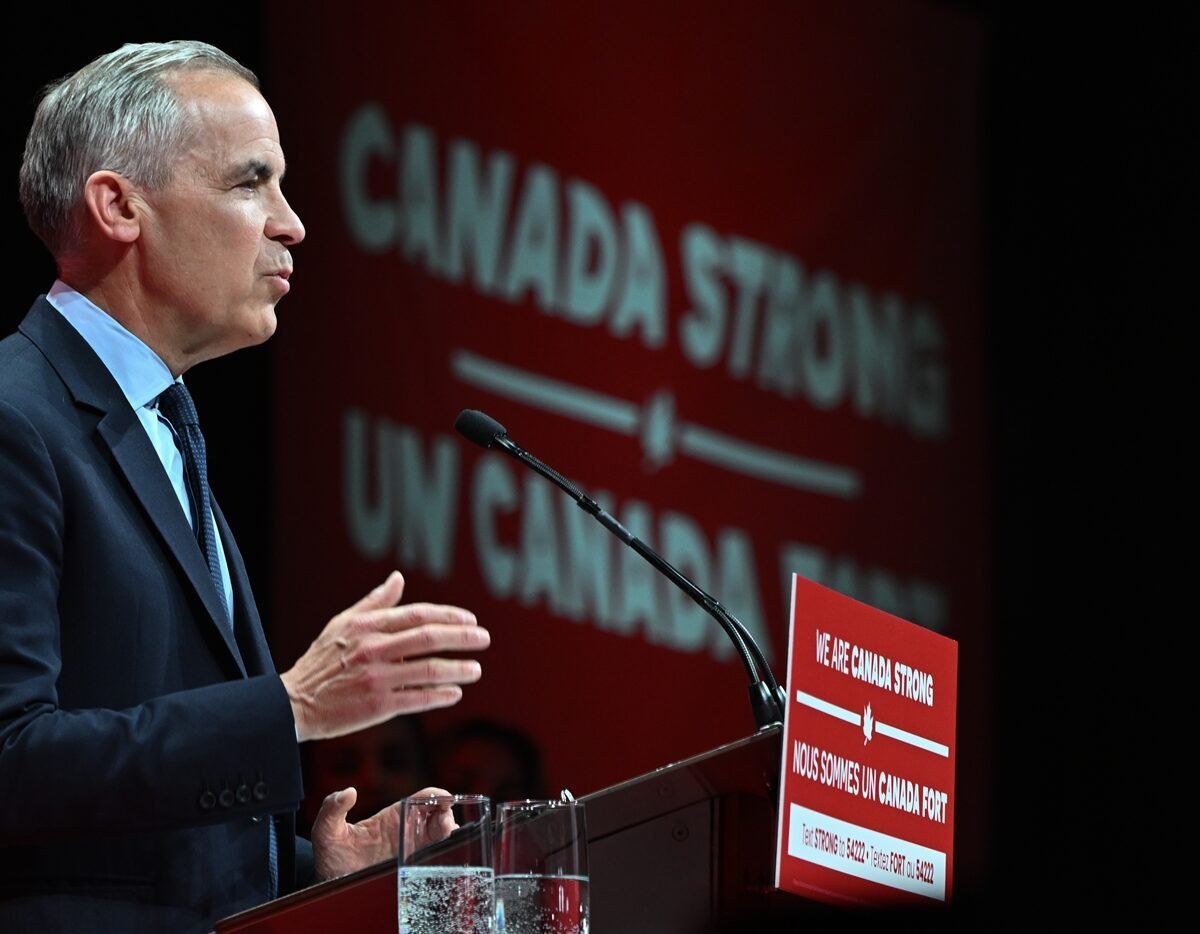With 168 seats—just shy of the 172 needed for a majority—the party will once again rely on support from the NDP or Bloc Québécois to advance its agenda.
While the result maintains the status quo in terms of party balance, the change in leadership is expected to bring notable shifts in fiscal and housing policy.
Fiscal stimulus and deficit outlook
The Liberal platform includes $77 billion in new fiscal stimulus over four years, funded by larger deficits.
According to Oxford Economics, the plan represents 2.5% of 2024 GDP, with spending focused on “increased defence spending, infrastructure projects, and new housing construction alongside personal and corporate tax cuts.”
The Parliamentary Budget Officer estimates the federal deficit will rise to $62.3 billion, or 2% of GDP, in 2025–26 under the Liberal plan. That compares to a baseline deficit of $46.8 billion, or 1.5% of GDP.
CIBC’s Avery Shenfeld notes that “deficits are likely to somewhat exceed what the Liberals suggested during the campaign,” particularly if economic growth underperforms.
“Odds of the deficit topping 2% of GDP are likely more material than an undershoot,” he wrote.
Economic outlook: Stimulus helps, but a recession still looms
Economists say the Liberals’ spending plans will give the economy a bit of a cushion—but not enough to avoid a mild recession. Both Oxford Economics and BMO expect the new fiscal stimulus to soften the blow from the global trade war, though not completely offset it.
According to Oxford, the measures would add about 0.2 percentage points to GDP growth next year and 0.6 points in 2026. “The economy would still experience a downturn beginning in Q2 of this year,” the firm said, “but the recession would be shallower and shorter.”
BMO’s Robert Kavcic put it this way: “Even after accounting for Canada’s retaliatory tariffs to raise $20 billion… the net new stimulus under the Liberal platform is +0.5% of GDP in FY25/26.”
Still, he warned there are risks. If the economy underperforms, “there is further downside risk to the fiscal outlook,” he said, particularly if growth comes in lower than expected.
Housing and mortgage-related policies
The Liberal platform included several housing-focused measures aimed at improving affordability and boosting supply.
One of the headline promises is to remove the GST on new homes under $1 million for first-time buyers—something that could help bring down costs for those entering the market.
The party is also planning to unlock over $25 billion in financing to support new affordable housing builds across the country.
Other key measures include a 1% cut to the lowest federal income tax bracket and a rollback of the recent increase to the capital gains inclusion rate—a move that could benefit both homeowners and investors.
There’s cross-party support on many of these initiatives. “Most parties support the removal of GST from new homes, in some form,” noted BMO’s Robert Kavcic. He also pointed out that the Bloc and NDP both back large-scale infrastructure spending, with the NDP in particular pushing for more investment in public transit.
The Liberals are also planning a shift in carbon pricing, scrapping the consumer carbon tax while keeping a system in place for big emitters. They’re also proposing tariffs on imports from countries that don’t have similar climate policies.
Bank of Canada rate outlook and market response
With the Liberals planning a large dose of fiscal stimulus, economists say the Bank of Canada may take a more cautious approach to cutting interest rates.
As Oxford Economics put it, with government spending “doing most of the heavy lifting,” the central bank is likely to keep its policy rate steady—for now.
That said, rate cuts are still expected. BMO is forecasting 75 basis points of cuts by the end of the year, while markets are pricing in something closer to 50 basis points.
“The budget will be a factor in determining the depth of those cuts,” said BMO’s Reitzes.
As for financial markets, the election result didn’t cause much of a stir. The Canadian dollar and government bond yields were largely unchanged. According to BMO, investors are more focused on what the upcoming federal budget will reveal, and how trade talks with the U.S. might unfold in the weeks ahead.
Featured image by Artur Widak/NurPhoto via Getty Images
Visited 14 times, 14 visit(s) today
Benjamin Reitzes bmo election election promises liberals Mark Carney Oxford Economics tariffs
Last modified: April 29, 2025





